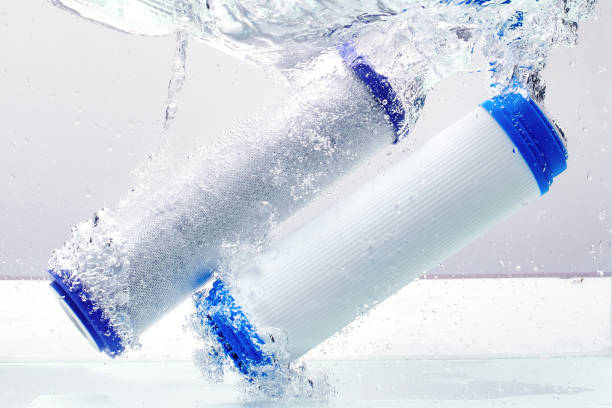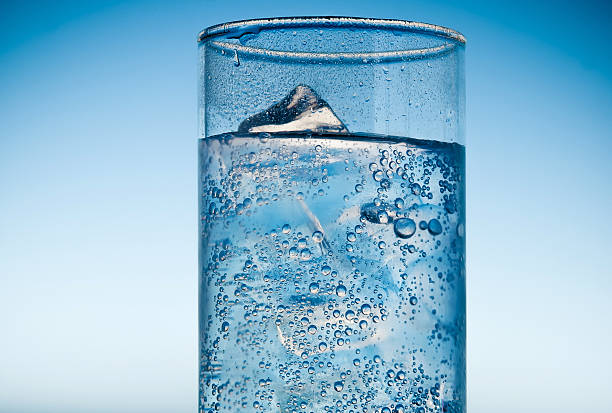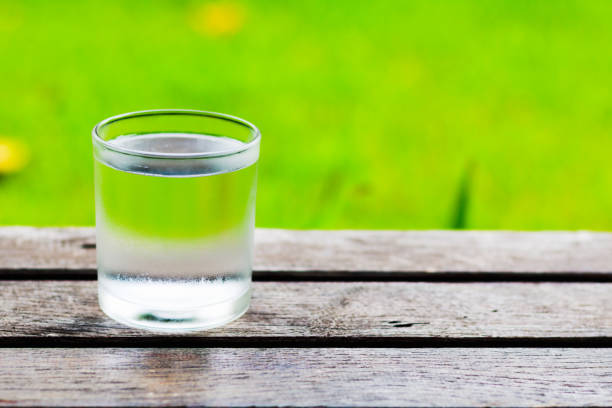 PP Filter Cartridge Selection and Replacement Precautions
PP Filter Cartridge Selection and Replacement Precautions
Oct .24.2024
Most of the household water purifier or water purifier are used in the first level of the filter are PP filter, the first level of the filter will not only directly affect the water quality, will also affect the back of the three or four filtration effect and the life of the filter, so the quality of the PP filter for the water purifier is particularly important.
 Characteristics of Reverse Osmosis Membrane Heavy Contamination and Offline Cleaning?
Characteristics of Reverse Osmosis Membrane Heavy Contamination and Offline Cleaning?
Oct .23.2024
Reverse osmosis system design will have a certain degree of surplus, to ensure that in the emergency time is not because of the reverse osmosis system of water production or desalination rate drop, reverse osmosis system differential pressure rise and make the water supply is not enough to cause a threat to the safety of the production, but in fact it is also because of the existence of these surplus makes the hidden faults are sometimes not able to show in time, so that ultimately may be evolved into reverse osmosis membrane Heavy contamination of reverse osmosis membrane elements.

 PP Filter Cartridge Selection and Replacement Precautions
PP Filter Cartridge Selection and Replacement Precautions
 Do you know the types of PP filter element commonly used in water filtration and the filter effect of the filter element?
Do you know the types of PP filter element commonly used in water filtration and the filter effect of the filter element?
 Do water purifiers actually work? Does it work? Does it work?
Do water purifiers actually work? Does it work? Does it work?
 Characteristics of Reverse Osmosis Membrane Heavy Contamination and Offline Cleaning?
Characteristics of Reverse Osmosis Membrane Heavy Contamination and Offline Cleaning?